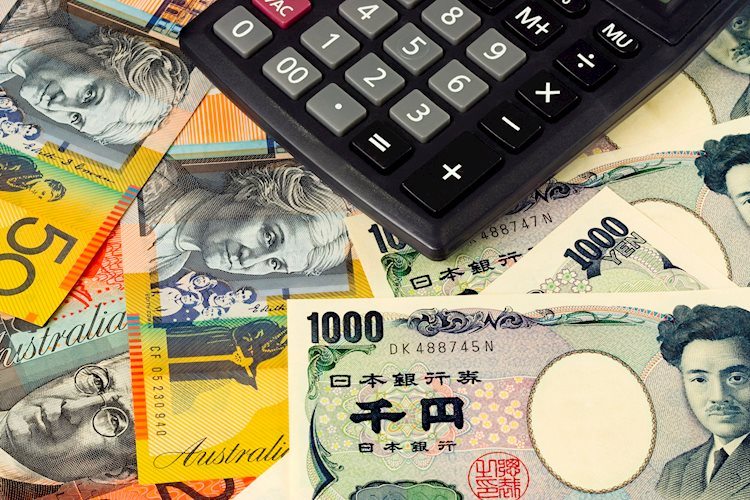The AUD/JPY cross has seen an increase in buying for the second consecutive day, hitting over a one-week high during the Asian session. Despite this, the pair struggles to maintain momentum above the 101.00 round figure and retreats closer to the 200-day Simple Moving Average. The Japanese Yen continues to underperform due to uncertainty regarding the Bank of Japan’s ability to hike interest rates further, along with a risk-on sentiment driven by the US election results. On the other hand, optimism surrounding Chinese economic recovery and the Reserve Bank of Australia’s hawkish stance have provided support to the AUD.
Recent Chinese PMIs indicate that government stimulus efforts are improving business conditions, while the RBA’s hawkish stance has also bolstered the AUD/JPY cross. However, the BoJ’s meeting minutes have suggested a possibility of further policy tightening, putting a cap on any significant appreciation for the currency pair. The technical outlook for the AUD/JPY pair suggests indecision among traders, indicating a cautious approach is necessary before expecting a strong move upwards from the current levels.
The Bank of Japan, as the Japanese central bank, is responsible for setting monetary policy in the country with the aim of ensuring price stability and an inflation target of around 2%. The BoJ implemented an ultra-loose monetary policy in 2013 to stimulate the economy and fuel inflation in a low-inflationary environment. This policy included Quantitative and Qualitative Easing, negative interest rates, and controlling the yield of government bonds. In 2024, the BoJ lifted interest rates, moving away from the ultra-loose monetary policy stance.
The massive stimulus measures by the Bank of Japan led to a depreciation of the Yen against other major currencies, particularly due to policy divergence with other central banks increasing interest rates. This trend partially reversed in 2024 when the BoJ abandoned its ultra-loose policy stance. The depreciation of the Yen and rising global energy prices contributed to increased Japanese inflation, exceeding the BoJ’s 2% target. The potential for rising salaries in Japan also played a role in fueling inflation.
In conclusion, the AUD/JPY cross has experienced a surge in buying interest, driven by various factors including the BoJ’s policy uncertainty, risk-on sentiment, and positive economic indicators from China and Australia. Despite technical indecision, a cautious approach is advised before expecting a strong move upwards. The Bank of Japan’s shift in policy stance has had significant implications on the Yen’s value and inflation dynamics in Japan, signaling a shift in the country’s economic landscape.









